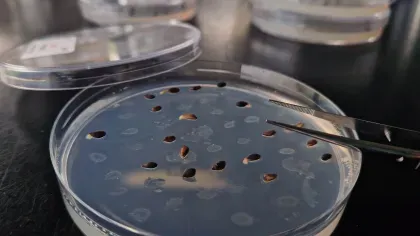6 August 2025
3 min read
Continuing Hiroshima’s Green Legacy
The story of Hiroshima’s survivor trees lives on, carried by seeds and saplings at Wakehurst and across the globe.

80 years ago on 6 August 1945, the Japanese city of Hiroshima was devastated by an atomic bomb. It released heat nearly 40 times hotter than the sun in three seconds.
After the initial explosion, a firestorm burned through the city that caused yet more destruction.
But even in the face of this overwhelming force, plant life found a way to survive.
Still standing to this day are the ‘Hibaku-jumoku’, survival trees – species such as weeping willow, bamboo, fig and ginkgo that survived the bombing. In many cases there was little hope of regeneration, but green shoots began to appear, demonstrating the quiet resilience of nature.
Seeds of peace
Launched in 2011, the Green Legacy Hiroshima (GLH) initiative aims to safeguard the future and the peace message of these remarkable trees by spreading their seeds worldwide.
Seeds from the survivor trees and their offspring are carefully collected and entrusted to organisations and botanic gardens across the globe.

New beginnings at Wakehurst
As part of the GLH project and thanks to GLH's regional hub CAFRE in Northern Ireland, the Millennium Seed Bank received seeds from seven tree species for long-term conservation in its vaults:
- Maidenhair tree (Ginkgo biloba)
- Old World sycamore (Platanus orientalis)
- Japanese persimmon (Diospyros kaki)
- Kurogane holly (Ilex rotunda)
- Muku tree (Aphananthe aspera)
- Japanese camellia (Camellia japonica)
- Camphor tree (Cinnamomum officinarum)
Did you know? This year marks the 25th anniversary of Kew's Millennium Seed Bank at Wakehurst. We're looking back at how the Millennium Seed Bank has evolved over a quarter of a century, with projects such as GLH playing a role in this global conservation effort.
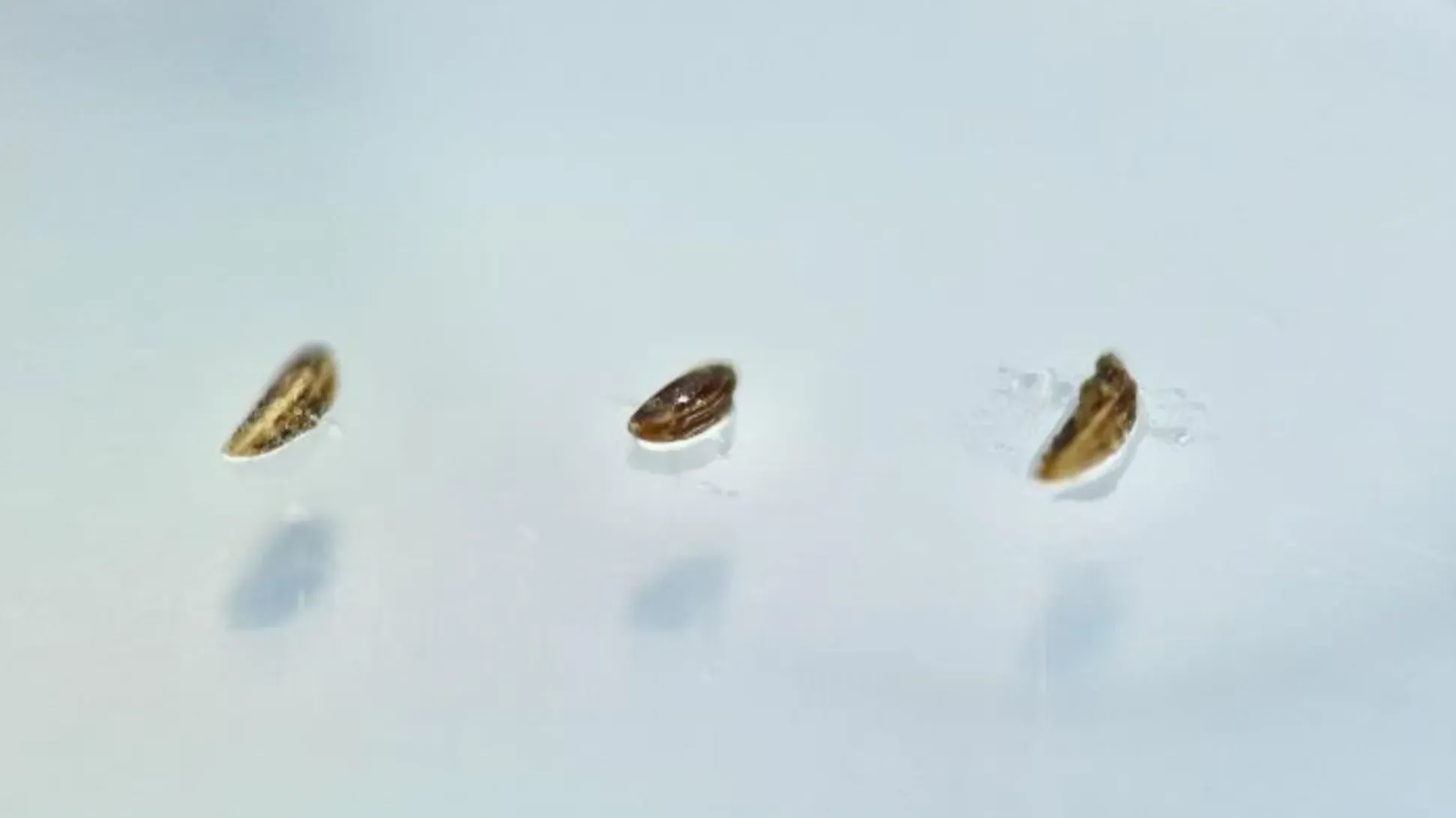
The legacy of one survivor tree, Camphor, has now continued in the Wakehurst landscape.
The first batch of seeds arrived at the Millennium Seed Bank in October 2021. This collection came from a tree around 1km from the epicentre of the blast, an offspring of the original surviving Camphor.
The Camphor was passed to the hands of the Nursery, where it was germinated along with two muku trees (Aphananthe aspera). Behind the scenes, these plants were propagated in preparation for new life in the gardens.
Camphor trees have been cultivated for years for the chemical camphor, which is used in traditional medicines, as incense and as a spice.
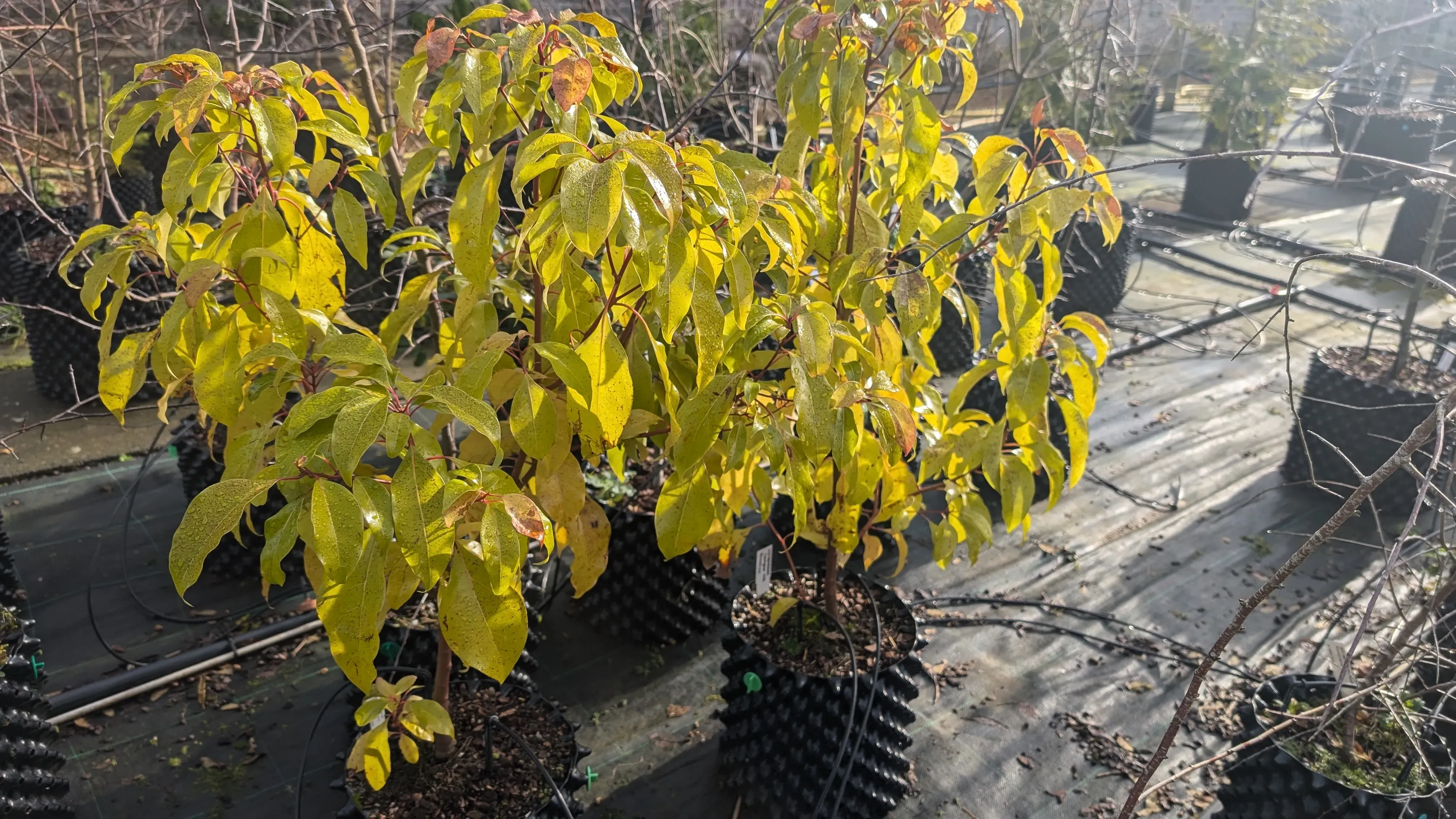
Living legacy
Today, visitors can spot a Camphor standing proudly next to the Stables Kitchen. It's a living testament to the power of conservation and a symbol of rebirth, with the hope that these saplings will provide seeds to continue the green legacy for many years to come.
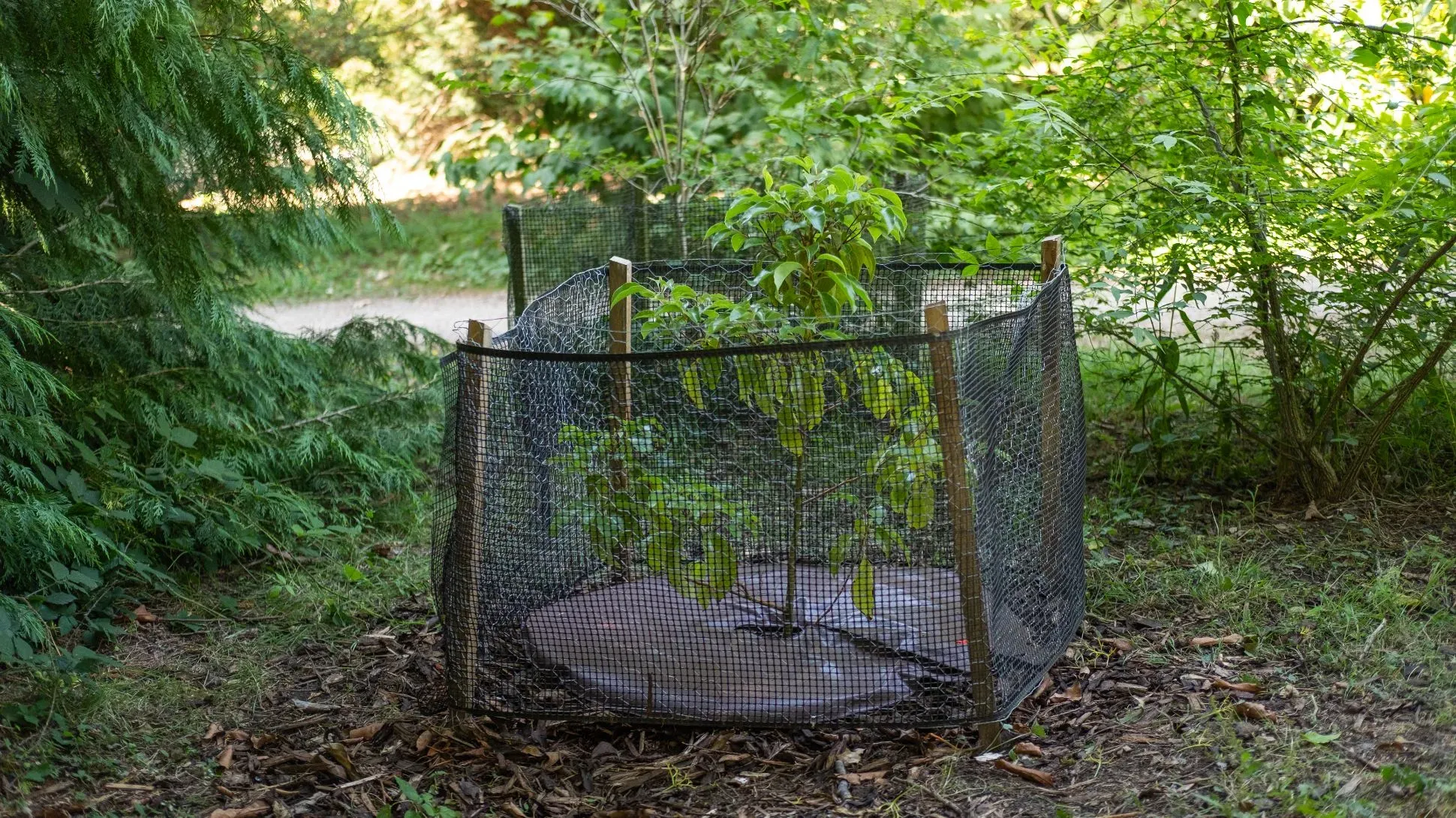
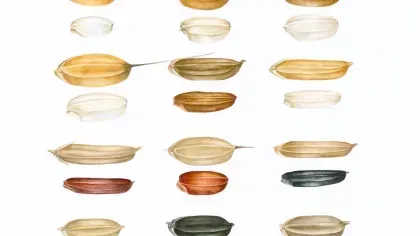
.jpgfa88.webp?itok=STOrmosg)
